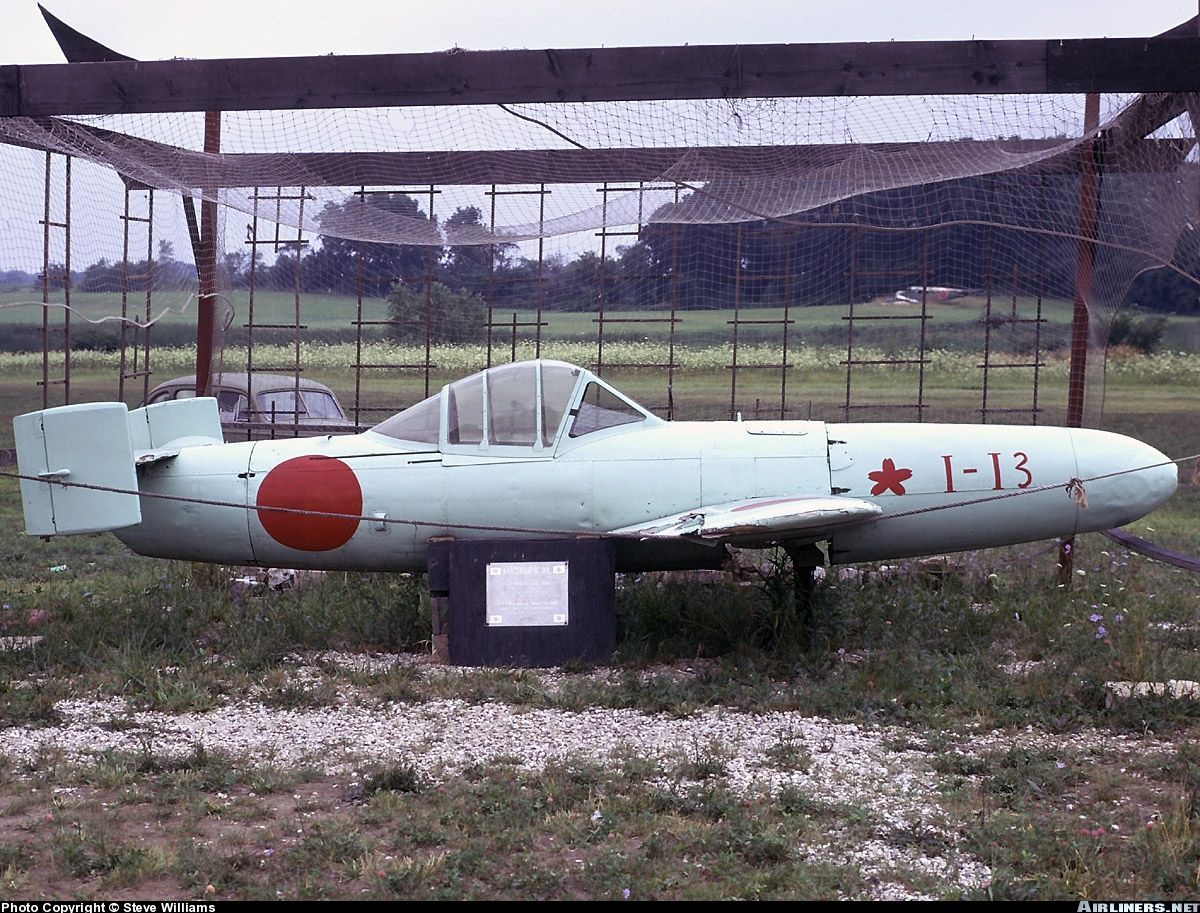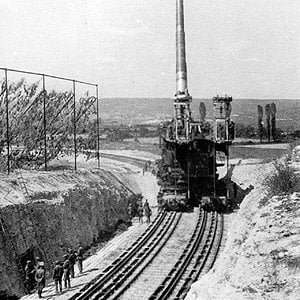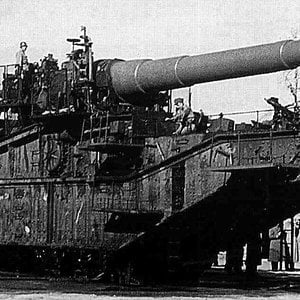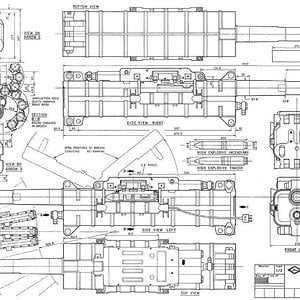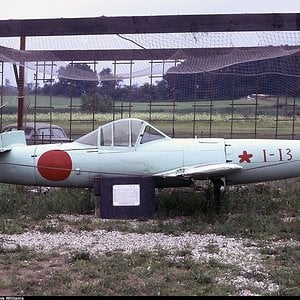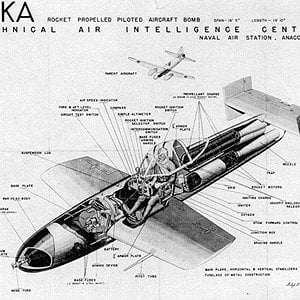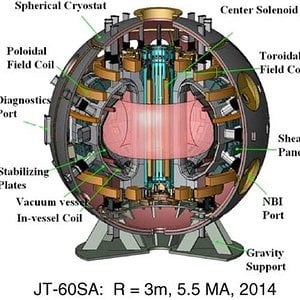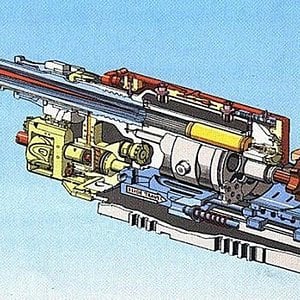Navigation
Install the app
How to install the app on iOS
Follow along with the video below to see how to install our site as a web app on your home screen.
Note: This feature may not be available in some browsers.
More options
You are using an out of date browser. It may not display this or other websites correctly.
You should upgrade or use an alternative browser.
You should upgrade or use an alternative browser.
Design and development
The MXY-7 Navy Suicide Attacker Ohka was a manned flying bomb that was usually carried underneath a Mitsubishi G4M2e "Betty" Model 24J bomber to within range of its target; on release, the pilot would first glide towards the target and when close enough he would fire the Ohka's three solid-fuel rockets, one at a time or in unison,[4] and fly the missile towards the ship that he intended to destroy.
The design was conceived by Ensign Mitsuo Ohta of the 405th Kokutai,[5] aided by students of the Aeronautical Research Institute at the University of Tokyo. Ohta submitted his plans to the Yokosuka research facility. The Imperial Japanese Navy decided the idea had merit and Yokosuka engineers of the Yokosuka Naval Air Technical Arsenal (Dai-Ichi Kaigun Koku Gijitsusho, or in short Kugisho[6]) created formal blueprints for what was to be the MXY7. The only variant which saw service was the Model 11, and it was powered by three Type 4 Mark 1 Model 20 rockets. 155 Ohka Model 11s were built at Yokosuka, and another 600 were built at the Kasumigaura Naval Air Arsenal.[4]
The final approach was almost unstoppable because the aircraft gained high speed (403 miles per hour (649 km/h) in level flight and 576 miles per hour (927 km/h) or even 650 miles per hour (1,050 km/h) in a dive). Later versions were designed to be launched from coastal air bases and caves, and even from submarines equipped with aircraft catapults, although none were actually used in this way. It appears that the operational record of Ohkas includes three ships sunk or damaged beyond repair and three other ships with significant damage. Seven US ships were damaged or sunk by Ohkas throughout the war. The USS Mannert L. Abele was the first Allied ship to be sunk by Ohka aircraft, near Okinawa on 12 April 1945.[7][8]
The Ohka pilots, members of the Jinrai Butai (Thunder Gods Corps), are honored in Japan at Ohka Park in Kashima City, the Ohka Monument in Kanoya City, the Kamakura Ohka Monument at Kenchō-ji Kamakura, and the Yasukuni Shrine in Tokyo.
Disarming the bomb
Thermojet powered Model 22, note the jet intake
The only operational Ohka was the Model 11. Essentially a 1,200 kg (2,646 lb) bomb with wooden wings, powered by three Type 4 Model 1 Mark 20 solid-fuel rocket motors, the Model 11 achieved great speed, but with limited range. This was problematic, as it required the slow, heavily-laden mother aircraft to approach within 37 km (20 nmi; 23 mi) of the target, making them very vulnerable to defending fighters. There was one experimental variant of the Model 11, the Model 21, which had thin steel wings manufactured by Nakajima. It had the engine of the Model 11 and the airframe of the Model 22.[9]
The Ohka K-1 was an unpowered trainer version with water ballast instead of warhead and engines, to provide pilots with handling experience. 45 were built by Dai-Ichi Kaigun Koku Gijitsusho.[10]
The Model 22 was designed to overcome the short standoff distance problem by using a Campini-type thermojet engine, the Tsu-11. This engine was successfully tested, and 50 Model 22 Ohkas were built at Yokosuka to accept this engine. The Model 22 was to be launched by the more agile Yokosuka P1Y3 Ginga "Frances" bomber, necessitating a shorter wing span and much smaller 600 kg (1,320 lb) warhead. None appear to have been used operationally, and only three of the experimental Tsu-11s engines are known to have been produced.
The Model 33 was a larger version of the Model 22 powered by an Ishikawajima Ne-20 turbojet with a 800 kg (1,760 lb) warhead. The mothership was to be the Nakajima G8N Renzan. Model 33 was cancelled due to the likelihood that the Renzan would not be available.[11]
Other unbuilt planned variants were the Model 43A with folding wings, to be launched from submarines, and the Model 43B, a catapult/rocket assisted version, also with folding wings so that it could be hidden in caves.[9] A trainer version was also under development for this version, the two-seat Model 43 K-1 Kai Wakazakura (Young Cherry), fitted with a single rocket motor. In place of the warhead, a second seat was installed for the student pilot. Two of this version were built.]
Finally, the Model 53 would also use the Ne-20 turbojet, but was to be towed like a glider and released near its target
The MXY-7 Navy Suicide Attacker Ohka was a manned flying bomb that was usually carried underneath a Mitsubishi G4M2e "Betty" Model 24J bomber to within range of its target; on release, the pilot would first glide towards the target and when close enough he would fire the Ohka's three solid-fuel rockets, one at a time or in unison,[4] and fly the missile towards the ship that he intended to destroy.
The design was conceived by Ensign Mitsuo Ohta of the 405th Kokutai,[5] aided by students of the Aeronautical Research Institute at the University of Tokyo. Ohta submitted his plans to the Yokosuka research facility. The Imperial Japanese Navy decided the idea had merit and Yokosuka engineers of the Yokosuka Naval Air Technical Arsenal (Dai-Ichi Kaigun Koku Gijitsusho, or in short Kugisho[6]) created formal blueprints for what was to be the MXY7. The only variant which saw service was the Model 11, and it was powered by three Type 4 Mark 1 Model 20 rockets. 155 Ohka Model 11s were built at Yokosuka, and another 600 were built at the Kasumigaura Naval Air Arsenal.[4]
The final approach was almost unstoppable because the aircraft gained high speed (403 miles per hour (649 km/h) in level flight and 576 miles per hour (927 km/h) or even 650 miles per hour (1,050 km/h) in a dive). Later versions were designed to be launched from coastal air bases and caves, and even from submarines equipped with aircraft catapults, although none were actually used in this way. It appears that the operational record of Ohkas includes three ships sunk or damaged beyond repair and three other ships with significant damage. Seven US ships were damaged or sunk by Ohkas throughout the war. The USS Mannert L. Abele was the first Allied ship to be sunk by Ohka aircraft, near Okinawa on 12 April 1945.[7][8]
The Ohka pilots, members of the Jinrai Butai (Thunder Gods Corps), are honored in Japan at Ohka Park in Kashima City, the Ohka Monument in Kanoya City, the Kamakura Ohka Monument at Kenchō-ji Kamakura, and the Yasukuni Shrine in Tokyo.
Disarming the bomb
Thermojet powered Model 22, note the jet intake
The only operational Ohka was the Model 11. Essentially a 1,200 kg (2,646 lb) bomb with wooden wings, powered by three Type 4 Model 1 Mark 20 solid-fuel rocket motors, the Model 11 achieved great speed, but with limited range. This was problematic, as it required the slow, heavily-laden mother aircraft to approach within 37 km (20 nmi; 23 mi) of the target, making them very vulnerable to defending fighters. There was one experimental variant of the Model 11, the Model 21, which had thin steel wings manufactured by Nakajima. It had the engine of the Model 11 and the airframe of the Model 22.[9]
The Ohka K-1 was an unpowered trainer version with water ballast instead of warhead and engines, to provide pilots with handling experience. 45 were built by Dai-Ichi Kaigun Koku Gijitsusho.[10]
The Model 22 was designed to overcome the short standoff distance problem by using a Campini-type thermojet engine, the Tsu-11. This engine was successfully tested, and 50 Model 22 Ohkas were built at Yokosuka to accept this engine. The Model 22 was to be launched by the more agile Yokosuka P1Y3 Ginga "Frances" bomber, necessitating a shorter wing span and much smaller 600 kg (1,320 lb) warhead. None appear to have been used operationally, and only three of the experimental Tsu-11s engines are known to have been produced.
The Model 33 was a larger version of the Model 22 powered by an Ishikawajima Ne-20 turbojet with a 800 kg (1,760 lb) warhead. The mothership was to be the Nakajima G8N Renzan. Model 33 was cancelled due to the likelihood that the Renzan would not be available.[11]
Other unbuilt planned variants were the Model 43A with folding wings, to be launched from submarines, and the Model 43B, a catapult/rocket assisted version, also with folding wings so that it could be hidden in caves.[9] A trainer version was also under development for this version, the two-seat Model 43 K-1 Kai Wakazakura (Young Cherry), fitted with a single rocket motor. In place of the warhead, a second seat was installed for the student pilot. Two of this version were built.]
Finally, the Model 53 would also use the Ne-20 turbojet, but was to be towed like a glider and released near its target

